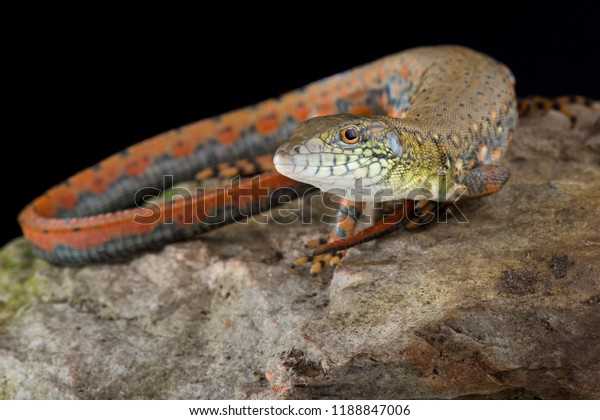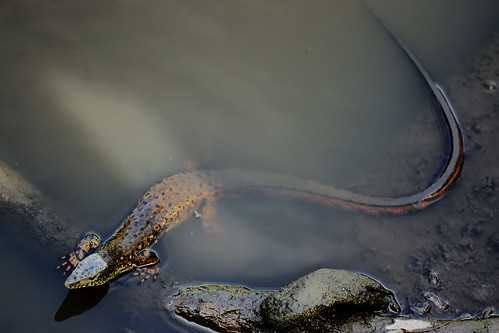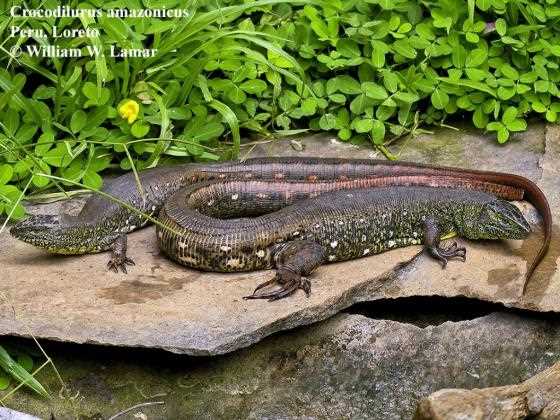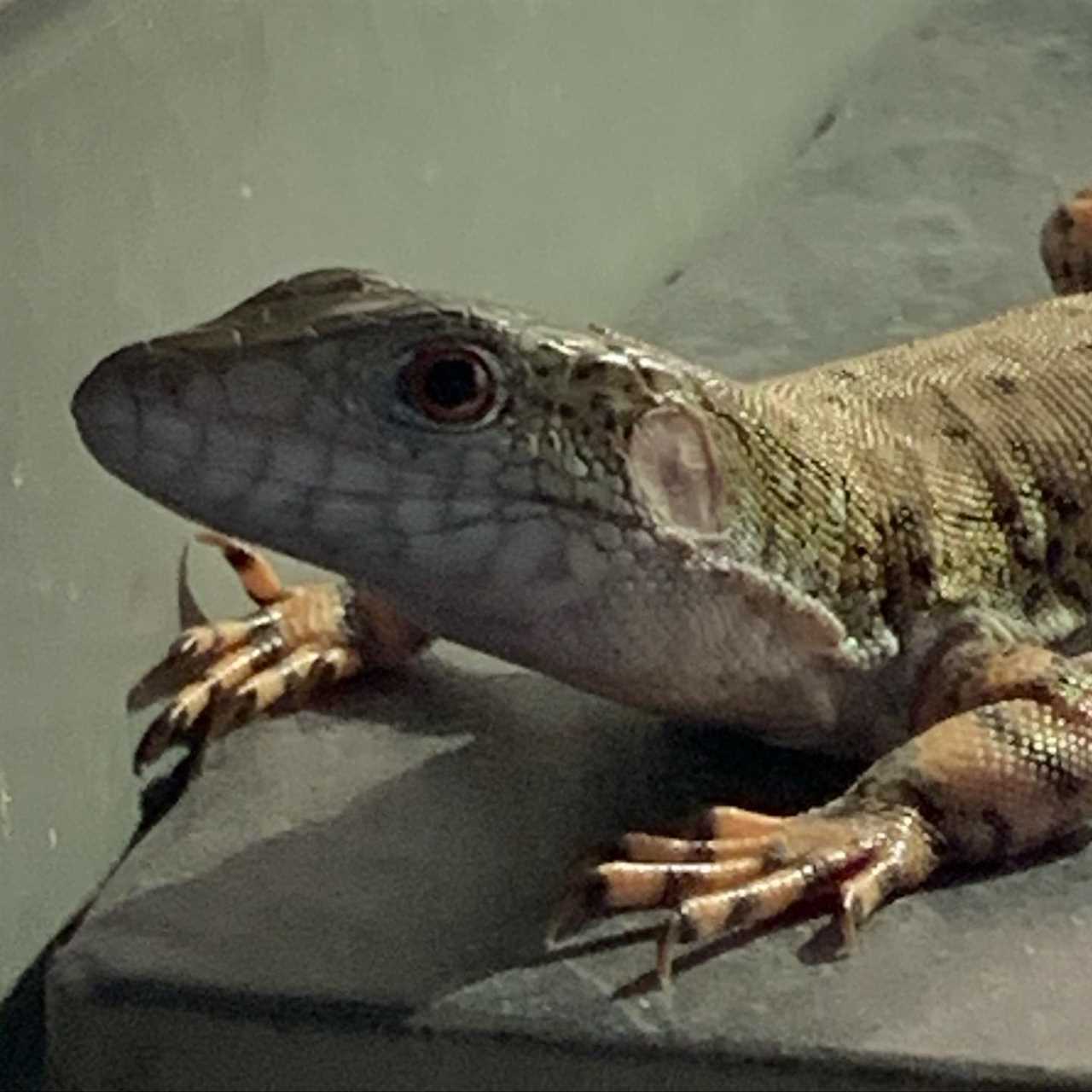
One of the most striking features of the Crocodile Tegu is its scaly exterior. Covered in thick, armored scales, this lizard is well-equipped to withstand the challenges of its environment. These scales not only provide protection against potential threats but also help regulate body temperature.
Crocodile Tegu: The Ultimate Guide
The Crocodile Tegu is a fascinating reptile with unique characteristics that set it apart from other lizards. Known for its impressive size, armored scales, and powerful jaws, the Crocodile Tegu is a formidable predator in its natural habitat.
Appearance and Characteristics
With a length that can exceed four feet, the Crocodile Tegu is one of the largest lizards in the world. Its powerful jaws allow it to grasp onto prey, and its sharp teeth enable it to tear through flesh effectively.
Feeding Habits
The diet of the Crocodile Tegu consists mainly of small mammals, birds, and reptiles. It is an opportunistic predator and uses stealth and speed to ambush its prey. With its powerful jaws and muscular body, the Crocodile Tegu can overpower and consume prey much larger than itself.
It is also interesting to note that the Crocodile Tegu has been observed scavenging on carrion, making it a versatile eater in its natural environment.
Habitat and Environment
The Crocodile Tegu is native to the wetlands and forests of South America, where it can be found in countries such as Argentina, Paraguay, and Brazil. It requires a semi-aquatic habitat with access to both water and land, as it is equally adapted to both environments.
The reptile prefers areas with abundant vegetation and hiding spots, as well as access to direct sunlight for thermoregulation. It is an excellent swimmer and can often be found basking on logs or rocks along the shorelines of rivers and lakes.
Care and Conservation

Keeping a Crocodile Tegu in captivity requires careful consideration of its specific needs, such as a large and secure enclosure with proper heating and lighting. It is crucial to provide a varied diet that mimics its natural feeding habits.
In terms of conservation, the Crocodile Tegu is currently not listed as an endangered species. However, habitat loss due to deforestation and illegal pet trade pose significant threats to its population in the wild. Conservation efforts aim to protect its natural habitat and raise awareness about responsible ownership of this unique reptile.
Essential Tips for Keeping a Crocodile Tegu

1. Proper Enclosure
2. Temperature and Lighting
Crocodile Tegus are native to tropical and sub-tropical regions, so it is crucial to provide them with the right temperature and lighting conditions. The enclosure should have a basking area with a heat lamp, where the tegu can raise its body temperature. The ambient temperature in the enclosure should be kept between 80-85°F (26-29°C) during the day and around 70°F (21°C) at night. UVB lighting is also important to provide them with essential vitamin D3.
3. Humidity

Being a semi-aquatic reptile, Crocodile Tegus require a humid environment to thrive. The humidity level in their enclosure should be maintained around 60-70%. This can be achieved by misting the enclosure with water regularly and providing a water area for the tegu to soak.
4. Diet
5. Handling and Socializing
Crocodile Tegus can be skittish and may require time to adjust to their new environment. It is essential to handle them with care and avoid sudden movements that may startle them. Regular handling and socializing can help to build trust and establish a bond with the tegu.
Size: How Large Can a Crocodile Tegu Grow?
When fully grown, a crocodile tegu can reach lengths of up to 5 feet, with males being slightly larger than females. Their bodies are covered in thick, bony scales that provide protection against predators and environmental hazards. These scales also give them a unique appearance, similar to that of a crocodile.
The crocodile tegu is known for its aquatic nature, often found near rivers, streams, and swamps. Their strong tails and webbed feet allow them to be excellent swimmers, making them well-suited to their watery habitat.
These reptiles are opportunistic hunters, feeding on a variety of prey, including small mammals, birds, and even other reptiles. With their sharp teeth and powerful jaws, they are capable of delivering a lethal bite to their prey.
Feeding a Crocodile Tegu for Optimal Health
One of the most important aspects of keeping a crocodile tegu is ensuring that it has a proper diet. These lizards are carnivorous and require a diet that consists mostly of protein-rich food sources. Feeding them a balanced and varied diet is crucial for their overall health and well-being.
A crocodile tegu’s diet primarily consists of meat, including rodents, birds, eggs, and insects. These creatures have strong jaws and sharp teeth, enabling them to tear through the tough skins and hard shells of their prey. Their sharp teeth ensure that they are able to easily consume their food.
It is also important to ensure that the prey items are nutritionally balanced. This means that the food should contain the necessary vitamins and minerals that are essential for the tegu’s growth and development. Feeding them a varied diet will help to ensure that they receive all the necessary nutrients.
Overall, feeding a crocodile tegu a proper diet is essential for maintaining optimal health. By providing them with a balanced and varied diet that consists of protein-rich food sources, monitoring their feeding behavior, and ensuring they have access to fresh water, you can help ensure that your tegu thrives in captivity.
Habitat: Creating the Perfect Environment for a Crocodile Tegu
The habitat of a Crocodile Tegu plays a vital role in its overall health and well-being. These incredible creatures require a carefully crafted environment that mimics their natural habitat in order to thrive.
The temperature and humidity levels in the habitat should be closely monitored and maintained. The Crocodile Tegu requires a warm and humid environment to ensure proper digestion and shed its scales effectively. The temperature should range between 80-90°F (27-32°C) during the day, with a slight drop at night. The humidity level should be kept around 70-80% to mimic its native habitat’s conditions.
Additionally, the substrate (the material covering the floor of the enclosure) should be chosen carefully. A combination of soil, sand, and peat moss can be used to create a naturalistic substrate that allows the tegu to dig and burrow. This substrate also helps to maintain the humidity levels of the habitat and provides an opportunity for the tegu to engage in its natural behaviors.
One of the distinguishing features of the Crocodile Tegu is its aquatic nature. Unlike other tegus, this species has adapted to living in water. It is equipped with webbed feet and a long, muscular tail, making it an excellent swimmer. These adaptations allow the Crocodile Tegu to move swiftly in the water, making it a formidable predator.
The scales of a Crocodile Tegu play a vital role in its survival. These scales are thick and strong, providing protection against potential threats. They are also water-resistant, enabling the Crocodile Tegu to spend extended periods in the water without any adverse effects. The scaly appearance of this species gives it a resemblance to a crocodile, hence its name.
The jaws of a Crocodile Tegu are another remarkable feature. They are powerful and capable of delivering a strong bite. With their sharp teeth, Crocodile Tegus can easily catch and kill their prey. They primarily feed on small animals such as fish, insects, and amphibians. Their powerful jaws and sharp teeth make them highly efficient hunters.
| Key Points: |
|---|
| – The Crocodile Tegu is an aquatic lizard with unique adaptations for swimming. |
| – Its scales provide protection and water-resistance, resembling those of a crocodile. |
| – The Crocodile Tegu has powerful jaws and sharp teeth, allowing it to be an efficient predator. |
| – It exhibits territorial behavior and marks its territory using scent and visual signals. |
| – Conservation efforts are essential to protect the Crocodile Tegu’s natural habitat. |
Conservation: Protecting the Crocodile Tegu’s Natural Habitat
One of the main threats to the crocodile tegu’s natural habitat is habitat loss. Deforestation and urbanization are causing significant destruction to the areas where these reptiles reside. This loss of habitat decreases the available resources for the crocodile tegu, such as food and shelter, making it difficult for them to survive and reproduce.
Conservation efforts must focus on preserving and restoring the natural habitats of the crocodile tegu. This can be achieved through initiatives such as reforestation projects and the establishment of protected areas. These measures aim to provide a safe and suitable environment for the lizard, allowing it to continue its role as a predator in the ecosystem.
Furthermore, efforts to combat illegal wildlife trade must be strengthened to protect the crocodile tegu. This species is often sought after for its unique attributes, such as its scaly skin and powerful jaws. By implementing stricter regulations and penalties for illegal trade, authorities can discourage the capture and sale of these reptiles, helping to preserve their populations in the wild.

I’m Lena Adams—a product of an unconventional upbringing in the African wilderness. My father, a daring explorer of African wildlife, sparked my fascination with reptiles, a passion that intertwined with the tragic loss of my mother during an expedition, leaving an indelible mark on my life. Driven to understand the creatures that captivated my parents, I embarked on my journey, sharing insights about reptiles, frogs, and lizards on my website. Through my explorations and conservation efforts, I honour my family’s legacy while seeking connections—to the creatures, nature, and the mother whose presence I yearn to understand.
